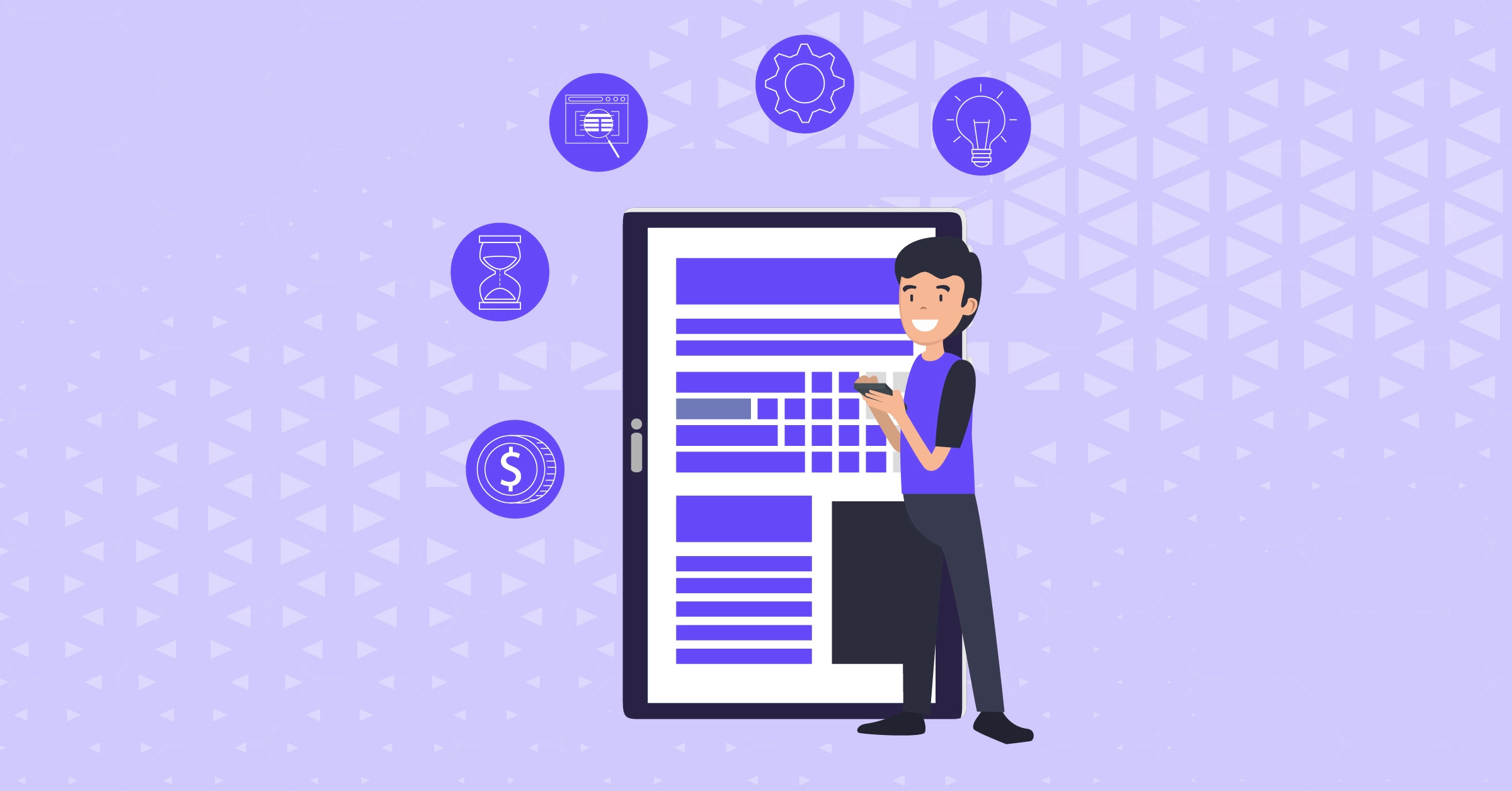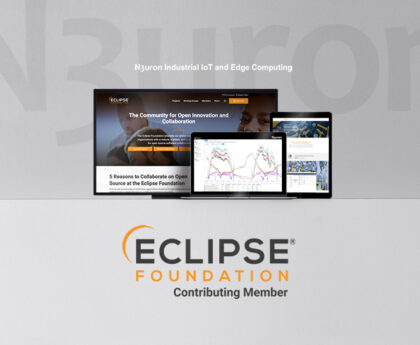The need for inclusive hiring solutions in the modern workplace has become increasingly apparent in recent years. Companies are recognizing that diverse teams bring a wealth of perspectives and experiences, leading to innovative ideas and better decision-making. Inclusive hiring practices not only promote equality and social justice, but they also contribute to a company’s success by fostering a culture of inclusion and creating a competitive advantage.
Organizations that prioritize inclusive hiring understand that diversity goes beyond surface-level differences such as gender or ethnicity. It encompasses a range of factors, including age, disability, sexual orientation, and socioeconomic background. By valuing and actively seeking out diverse talent, companies can tap into a wider talent pool and gain access to a diverse range of skills, knowledge, and perspectives. Moreover, fostering an inclusive work environment increases employee engagement, satisfaction, and retention, leading to higher productivity and better overall performance.
Overcoming Bias and Stereotypes in Recruitment Processes
In today’s rapidly evolving job market, it has become imperative for organizations to overcome bias and stereotypes in their recruitment processes. Bias can emerge at various stages of the hiring journey, from resume screening to interview evaluations. It is crucial for companies to recognize and address these biases to attract and retain diverse talent.
One effective strategy to overcome bias is implementing blind hiring practices. By removing personally identifiable information such as names, gender, and age from resumes, recruiters can focus solely on applicants’ qualifications and experiences. Additionally, adopting structured interviews with predetermined questions based on job requirements can minimize biased evaluations. It is essential for organizations to provide clear guidelines to hiring managers and ensure they are not influenced by unconscious biases, enabling a fair and objective assessment of candidates.
Key Features to Look for in Diversity-Focused Recruiting Tools
In today’s competitive job market, organizations are increasingly recognizing the importance of building diverse and inclusive teams. As a result, there is a growing demand for diversity-focused recruiting tools that can help streamline the hiring process and ensure equitable opportunities for all candidates. When considering which recruiting tool to invest in, there are several key features that organizations should look for.
First and foremost, an effective diversity-focused recruiting tool should have robust candidate sourcing capabilities. These tools should be able to reach a wide range of diverse talent pools, including underrepresented groups, and provide a seamless experience for candidates to showcase their skills and experiences. Additionally, the tool should have built-in features that allow recruiters to track and measure the diversity metrics of their hiring process. This data can help organizations identify any gaps or biases in their recruitment practices and make data-driven decisions to drive inclusivity and diversity in their workforce. Overall, by selecting a recruiting tool with these key features, organizations can enhance their ability to attract and hire diverse talent, ultimately fostering a more inclusive and innovative work environment.
The Role of Artificial Intelligence in Enhancing Diversity Hiring
Artificial intelligence (AI) has emerged as a powerful tool in enhancing diversity hiring practices. By leveraging machine learning algorithms and sophisticated data analysis techniques, AI can help organizations identify and eliminate biases that can hinder the recruitment process.
One of the key benefits of using AI in diversity hiring is its ability to remove human subjectivity. AI-powered algorithms can analyze resumes and other candidate data to identify relevant qualifications and skills, without being influenced by factors such as gender, race, or age. This objective approach helps organizations make fair and unbiased decisions, ensuring a level playing field for all candidates. Additionally, AI can also help identify patterns and trends in hiring data, allowing organizations to proactively identify areas where diversity may be lacking and take necessary steps to address it.
Best Practices for Implementing Diversity Recruiting Software
Implementing diversity recruiting software requires careful planning and execution to ensure its effectiveness. One best practice is to conduct a thorough assessment of your organization’s hiring needs and goals before selecting a software solution. This assessment should consider factors such as the types of diversity you want to prioritize, the specific challenges your organization faces, and the desired outcomes of implementing the software.
Once you have identified your organization’s needs, it is crucial to research and choose a software solution that aligns with those needs. Consider features such as resume screening tools that eliminate unconscious bias, job board integrations that reach a diverse pool of candidates, and analytics capabilities that allow you to track diversity metrics. Additionally, ensure that the software vendor provides comprehensive training and support to maximize your team’s ability to use the software effectively. By following these best practices, you can implement diversity recruiting software that helps to build a more inclusive and diverse workforce.
Measuring Success: Tracking and Analyzing Diversity Metrics
Measuring success in diversity hiring requires organizations to track and analyze key metrics. By doing so, companies can gain insights into the effectiveness of their diversity recruitment efforts and make data-driven decisions for improvement. There are several metrics that can be used to measure diversity, including the representation of different demographic groups within the workforce, the retention rates of diverse employees, and the promotion rates of underrepresented individuals.
Tracking diversity metrics allows organizations to benchmark their progress and identify areas of strength and areas that require improvement. For example, if a company notices that it has a high number of diverse employees at the entry-level positions but a low number in leadership positions, this could indicate a potential barrier to advancement for underrepresented individuals. By tracking this metric over time, organizations can implement targeted strategies to address the issue, such as mentoring programs or leadership development initiatives.
Analyzing diversity metrics goes beyond just looking at the numbers; it involves understanding the underlying causes for the patterns and trends observed. It requires organizations to dig deeper and identify potential biases or barriers that may be hindering diversity. By analyzing the data, companies can uncover insights that may not be immediately apparent and take proactive steps to address any gaps or inequalities.
In conclusion, measuring success in diversity hiring is crucial for organizations committed to building inclusive work environments. By tracking and analyzing diversity metrics, companies can identify areas for improvement, set goals, and implement strategies to create a more diverse and equitable workforce. Ultimately, by using data to inform decision-making, organizations can work towards building a culture of inclusion, where everyone feels valued and has equal opportunities for growth and success.
Why is tracking and analyzing diversity metrics important?
Tracking and analyzing diversity metrics is important because it helps organizations understand the effectiveness of their diversity hiring efforts. By measuring metrics such as representation, retention, and promotion rates for different demographic groups, companies can identify areas for improvement and make data-driven decisions to create a more inclusive workplace.
How can inclusive hiring solutions help address bias and stereotypes in recruitment processes?
Inclusive hiring solutions can help address bias and stereotypes in recruitment processes by using technology to screen candidates based on their qualifications and skills rather than relying on subjective judgment. These solutions can also anonymize candidate information to eliminate bias based on factors like gender, ethnicity, or educational background.
What are some key features to look for in diversity-focused recruiting tools?
Some key features to look for in diversity-focused recruiting tools include applicant tracking systems that allow for tracking and reporting on diversity metrics, automated job board postings to reach a diverse pool of candidates, and tools that facilitate blind resume screening to eliminate bias in the initial stages of candidate evaluation.
How can artificial intelligence enhance diversity hiring?
Artificial intelligence can enhance diversity hiring by identifying patterns and trends in candidate data that may not be immediately apparent to human recruiters. AI algorithms can help identify potential biases in the recruitment process, analyze job descriptions for gendered language, and suggest diverse candidates based on their skills and qualifications.
What are some best practices for implementing diversity recruiting software?
Some best practices for implementing diversity recruiting software include setting clear diversity goals, training recruiters on unconscious bias and inclusive hiring practices, regularly reviewing and updating job descriptions to ensure they are inclusive, and regularly monitoring and analyzing diversity metrics to measure progress and identify areas for improvement.
How can companies measure success when it comes to diversity hiring?
Companies can measure success in diversity hiring by tracking and analyzing diversity metrics such as the representation of different demographic groups in the workforce, employee satisfaction and engagement levels, retention rates for diverse employees, and the diversity of candidates in the hiring pipeline. This data can help companies evaluate the impact of their diversity initiatives and make informed decisions to create a more inclusive workplace.
For More: Infopressbeat






